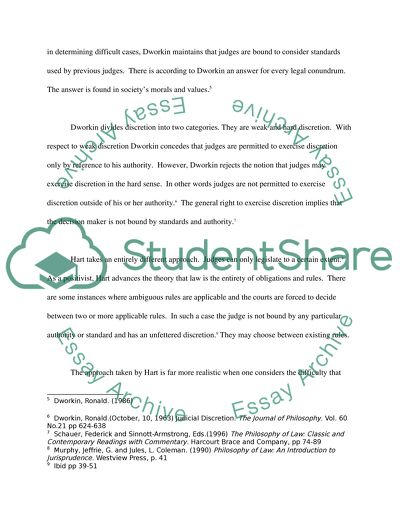Cite this document
(“Are rules or principles more important to any discussion of law Essay”, n.d.)
Are rules or principles more important to any discussion of law Essay. Retrieved from https://studentshare.org/miscellaneous/1543785-are-rules-or-principles-more-important-to-any-discussion-of-law
Are rules or principles more important to any discussion of law Essay. Retrieved from https://studentshare.org/miscellaneous/1543785-are-rules-or-principles-more-important-to-any-discussion-of-law
(Are Rules or Principles More Important to Any Discussion of Law Essay)
Are Rules or Principles More Important to Any Discussion of Law Essay. https://studentshare.org/miscellaneous/1543785-are-rules-or-principles-more-important-to-any-discussion-of-law.
Are Rules or Principles More Important to Any Discussion of Law Essay. https://studentshare.org/miscellaneous/1543785-are-rules-or-principles-more-important-to-any-discussion-of-law.
“Are Rules or Principles More Important to Any Discussion of Law Essay”, n.d. https://studentshare.org/miscellaneous/1543785-are-rules-or-principles-more-important-to-any-discussion-of-law.


